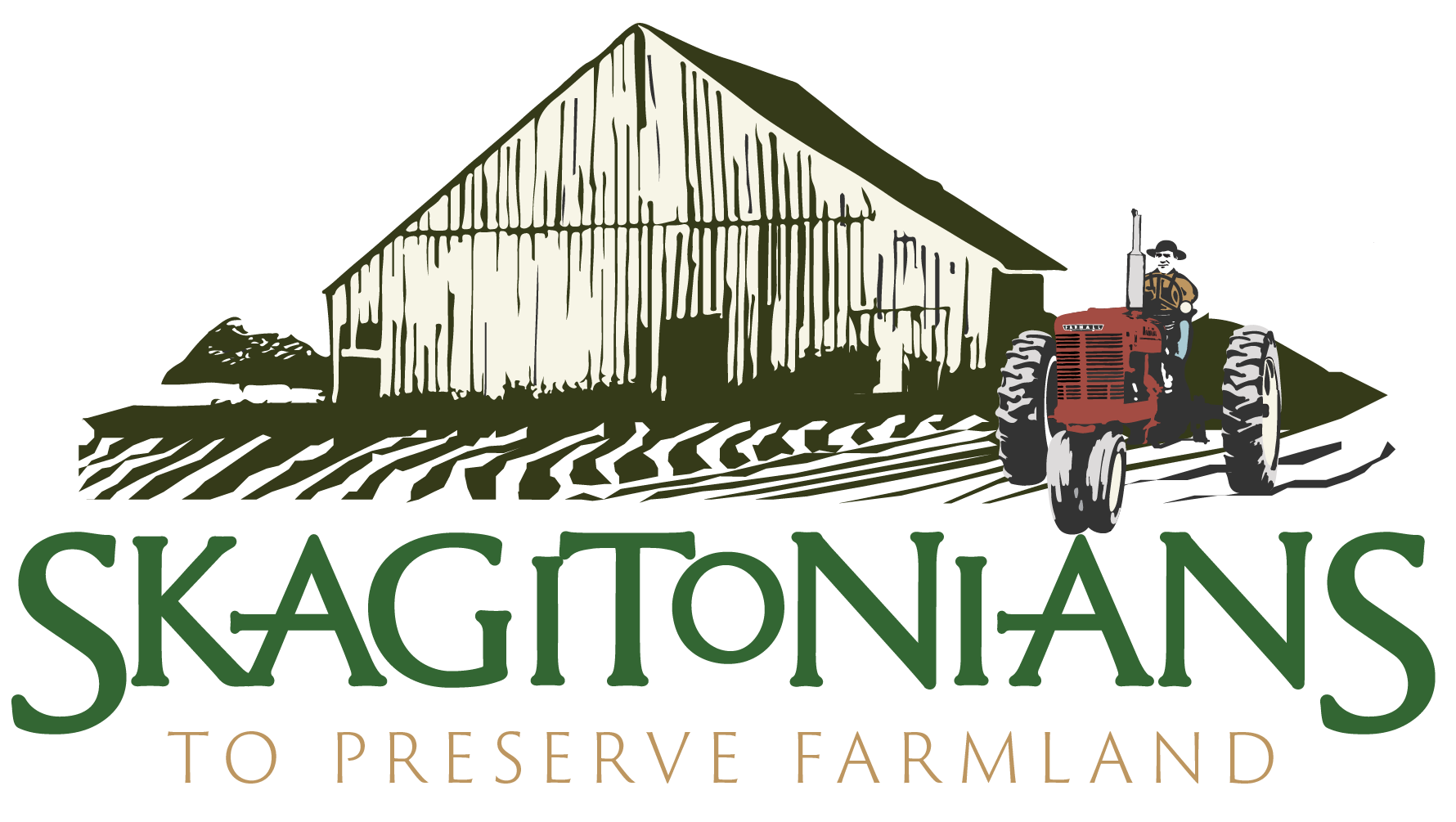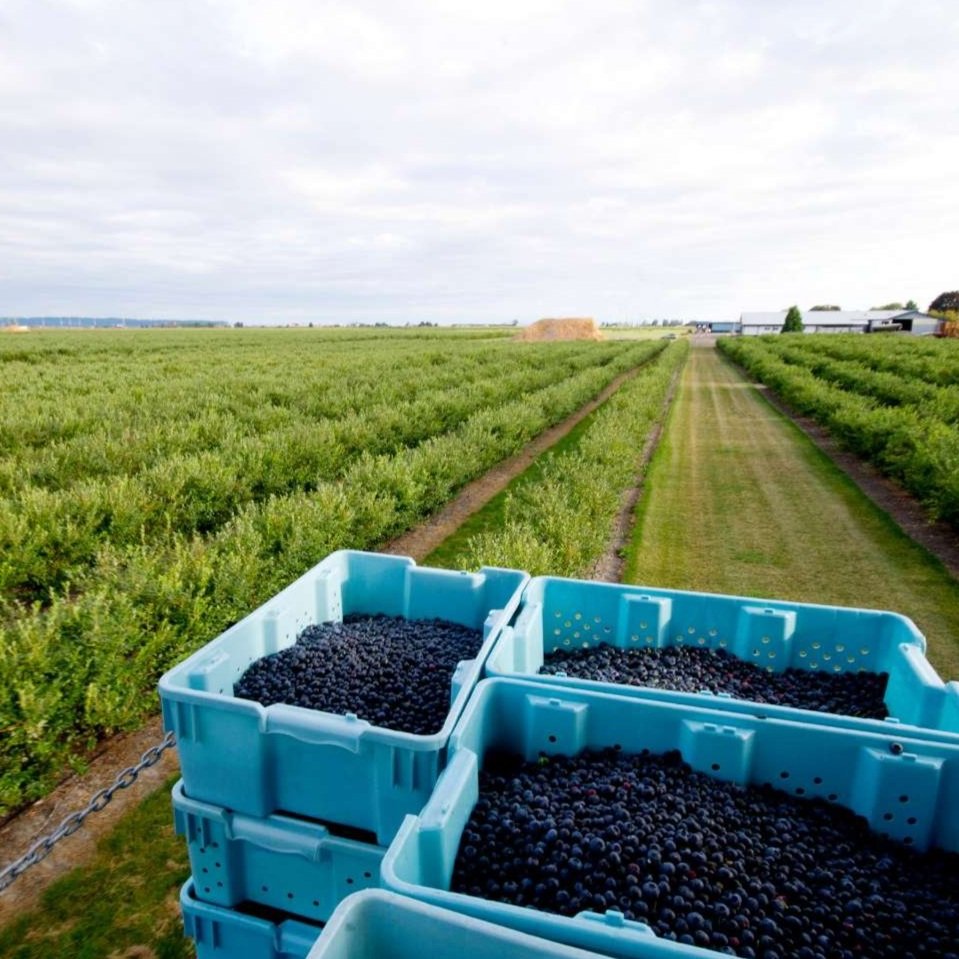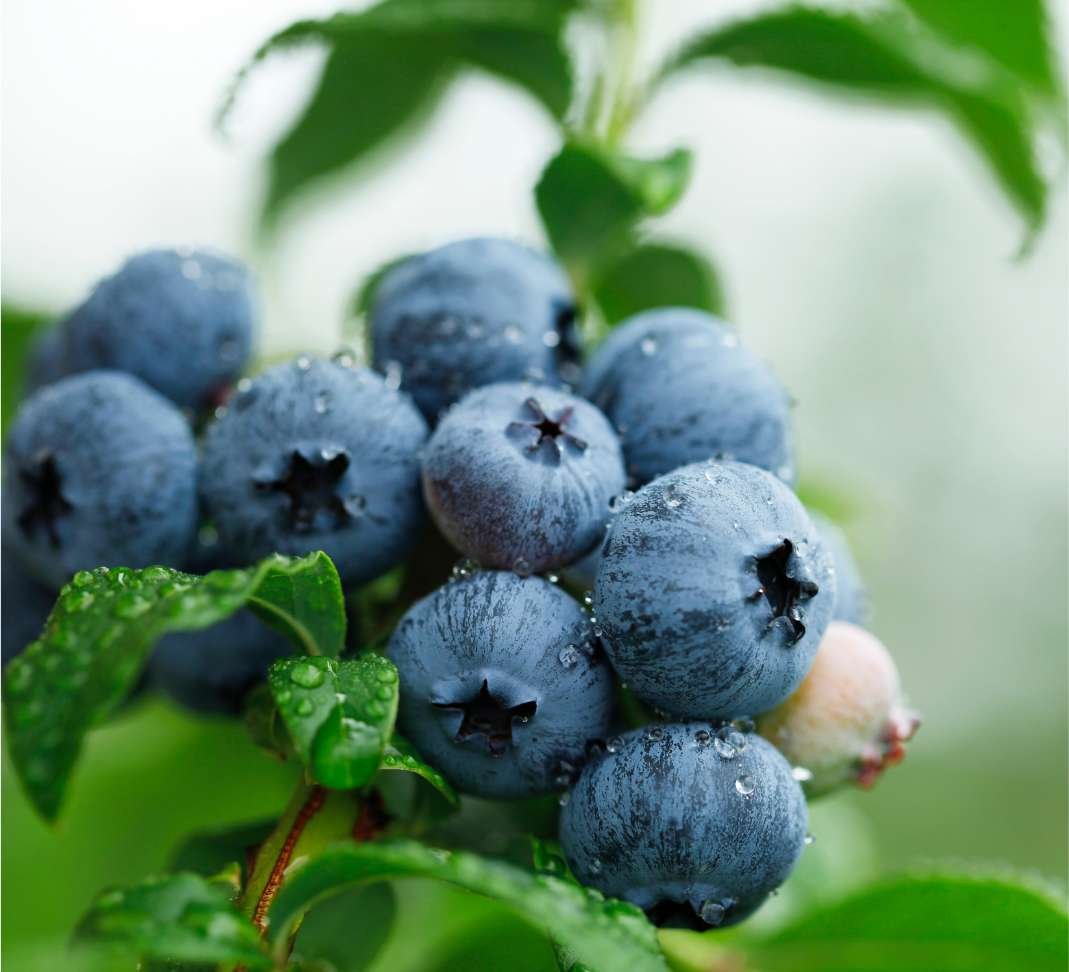Blueberries - A Special Part of the Skagit Agriculture Story
Blueberry plants reach their full size and greatest yield in eight to twelve years… that planting can yield for 50 growing seasons or more. Much more.
Skagit County farmers grow a diverse mix of food, fiber and forage, with crop rotation being essential for many of the crops. This time, however, The Dirt addresses a crop that can productively yield from just one planting year after year, over decades, even generations.
It's a crop with the trendy appellation of superfood—Blueberries!
Blueberries grow very well in Skagit County. That's a good thing because consumer demand for blueberries just keeps—if you'll excuse the expression—growing.
The Demand and How It’s Met
According to an October 2021 International Agricultural Trade Report issued by the Foreign Agricultural Service of the USDA, "Global production more than doubled between 2010 and 2019, rising from 439,000 metric tons to nearly 1.0 million."
The greatest worldwide producer is the United States (about double its nearest competitor) and leading U.S. production is Washington State.
While several Washington counties have a significant investment in the crop, Western Washington has the most with Whatcom County on top and Skagit County not far behind.
There's every reason to believe that trend will continue.
Blueberry Versatility
One of the reasons blueberry consumption has grown so much is due to its versatility. It's popular harvested fresh over several warm weather months but, without any compromise in flavor or nutrition, it's superb frozen, too.
These days blueberries are dried, pureed, juiced, powdered, and canned. They are decadently delicious all by themselves, or a great addition to all kinds of dishes: savory in salads, barbecue sauces, salsas, or paired with all manner of meats or poultry; sweet in classic desserts and preserves, smoothies, ice cream, even a higher level of cornbread.
In fact, the number of dishes that feature blueberries is exploding along with the market.
Type of Blueberries
Blueberries are native to North America, but private and public development since the early 1900s has given growers many more options in how to meet consumer demand.
In the United States there are four types of commercially grown blueberries: lowbush or wild blueberries harvested commercially in New England; southern highbush and rabbiteye, which are suitable for commercial operations in the southern U.S.; and northern highbush which is the dominant type used in cooler growing regions like Skagit County.
Among northern highbush varieties, scores of cultivars have been developed that focus on such desirable qualities as cold hardiness (important because blueberries are a woody perennial), berry color, fruit firmness, and fruit scar size. (The "scar" is the small opening on the back of the berry where it was attached to the stem. In blueberries, the smaller the scar, the better.)
Also very desirable are cultivars with varying maturity dates. In our region, growers will plant several different types together.
In the first instance, cross pollination between varieties yields larger berries. In the second instance, cultivars have been developed to increase overall harvest length.
A grower may have early season varieties like Earliblue, Spartan or Patriot to start off the selling season, but then back those up with mid-season varieties like Bluejay or Bluecrop and late mid-season varieties Berkeley or Jersey, before capping things off with late season Herbert, Darrow and Elliott varieties. (All the mentioned varieties are recommended by WSU Extension.)
Mixing maturities allows the harvest period to be twice as long as it would be with just one harvest time.
A Major Upfront Commitment
A farmer planning on growing blueberries has a remarkably high initial investment before any crop is ready for the market.
First, northern highbush varieties require acidic, well-drained soils with a pH of 4.5 to 5.0; 4.8 is the absolute sweet spot. The soil must also be rich in organic matter. It can take years to get the soil to the right stage and it is a constant effort to keep it that way.
New plantings take years to become established. The first and second years' blossoms are cut off before fruit even forms. In year three, only about half the blossoms are left to mature into berries. All that care allows the plants to apply nutrients to plant growth rather than fruit.
Blueberry plants reach their full size and greatest yield in eight to 12 years. With precise annual pruning, protection from weather extremes and pests, and the application of trickle irrigation directly into the plants' shallow root zone, that planting can yield for 50 growing seasons or more. Much more.
It Won't Be Long
Local, fresh market blueberries could, depending on the weather, be available in local farmers markets and groceries by June.
Photo: Carol Havens
Plenty of time to check out that blueberry cornbread recipe! Washington Blueberry Commission has a great one here.
By Teresa Bennett: info@skagitonians.org




